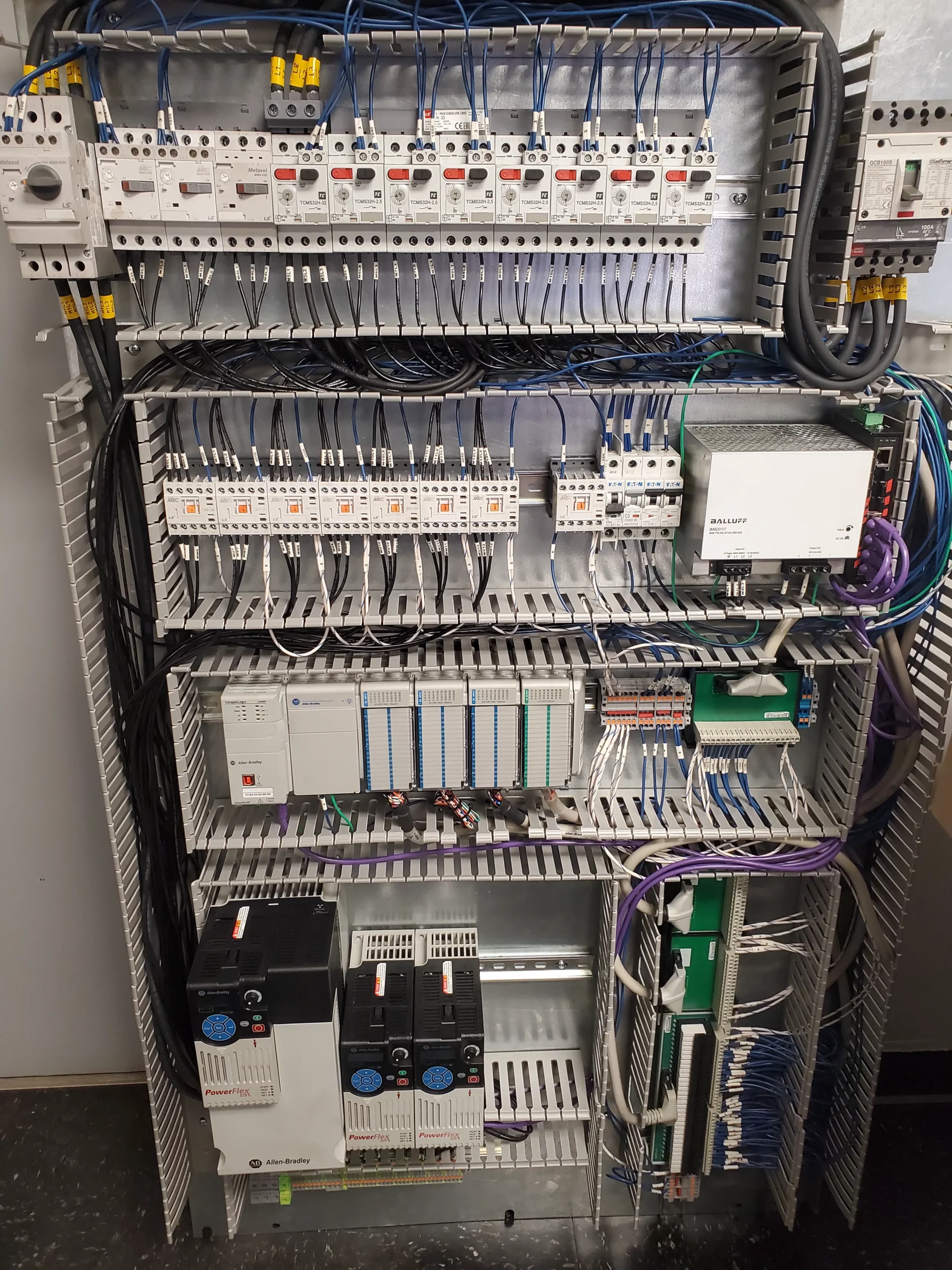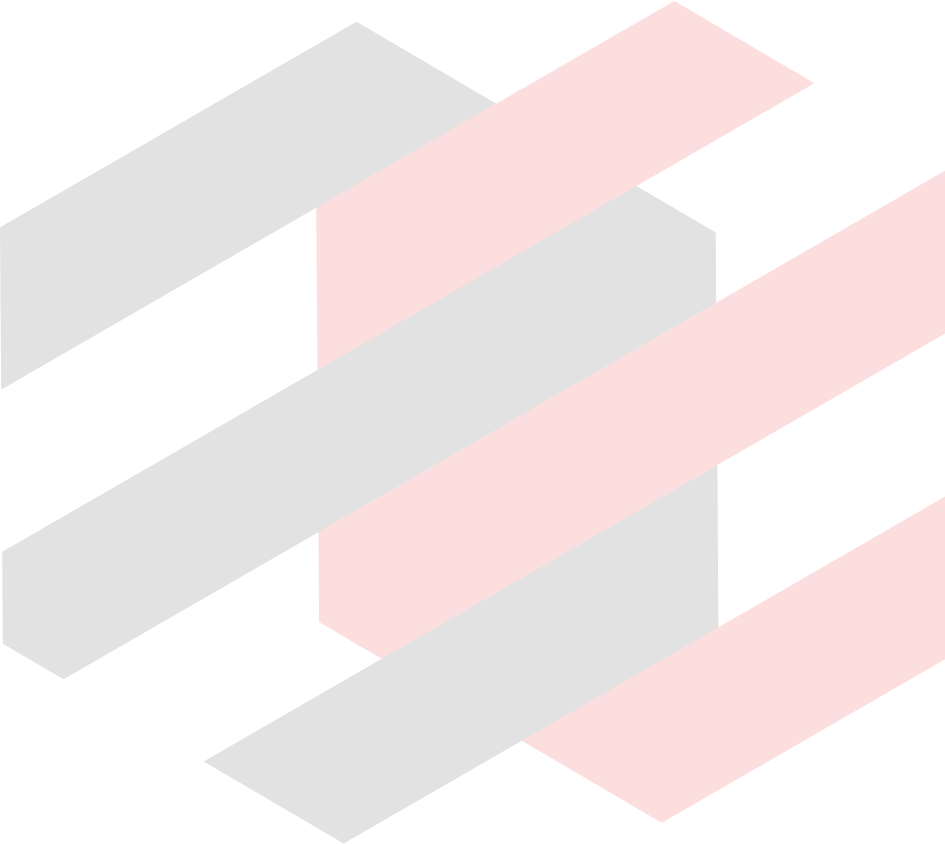Automated Process offers Industrial control panels built per customer provided specifications or our engineers can provide engineering, design, assembly, and installation based on the customer’s needs. These services are essential for a wide range of industries, including manufacturing, energy, and utilities.
Understanding Requirements:
Collaborate with engineers or process control experts to determine the specific functions the panel needs to support. These could include controlling motors, sensors, actuators, valves, or other equipment.
Design Phase:
The first step is creating a comprehensive design that suits the specific needs of the system being controlled.
Electrical Schematics:
Create detailed circuit diagrams that show how electrical components will be connected. This will include wiring diagrams, panel layouts, and component specifications.
Component Selection:
Choose appropriate components such as circuit breakers, fuses, relays, contactors, Programmable Logic Controllers (PLCs), motor starters, and HMIs (Human-Machine Interfaces). The selection depends on the voltage, current requirements, and control features.
Enclosure Selection:
The enclosure is a critical part of the control panel, as it needs to protect electrical components from environmental factors (dust, moisture, heat) and physical damage.
Panel Assembly: Once the design and components are ready, it’s time to assemble the panel:
- Mounting Components: Securely mount the components to the back panel of the enclosure using mounting rails, DIN rails, or screws. Components such as circuit breakers, contactors, relays, PLCs, and terminal blocks should be organized for ease of access and wiring.
- Wiring and Cabling: Route the electrical wiring in an organized, safe manner. Use color-coded wires for identification, and follow the wiring diagrams carefully to connect all components correctly. Proper cable management is essential.
Testing and Commissioning:
After assembly, thorough testing is essential to ensure that the control panel functions as expected:
- Visual Inspection: Verify the panel is assembled according to the design specifications and that there are no visible errors or hazards (such as loose wires or overheating components).
- Continuity and Resistance Testing: Check the continuity of circuits, ensuring that all electrical connections are solid and there are no short circuits.
- Functional Testing: Power up the system and verify that the control functions work correctly, such as motor controls, PLC programming, and response to input signals (e.g., sensors or switches).
- Load Testing: Ensure that the panel can handle the expected load under operational conditions. This includes testing the current draw and confirming that breakers or fuses trip correctly under overload conditions.
Documentation
Proper documentation is essential for future maintenance and troubleshooting:
- Wiring Diagrams: Include clear wiring diagrams that show how all components are connected.
- Component Listings: Provide a list of all components, including part numbers and manufacturers, to facilitate future repairs or replacements.
Installation
- Site Preparation: Ensure the installation site is prepared to receive the control panel, including ensuring sufficient power supply, ventilation, and grounding.
- Panel Mounting: Securely mount the control panel at the designated location. The mounting process will depend on whether the panel is wall-mounted, floor-mounted, or rack-mounted.
- Connecting to Equipment: Connect the panel to the machinery or processes it will control, including power, control signals, sensors, and actuators.


